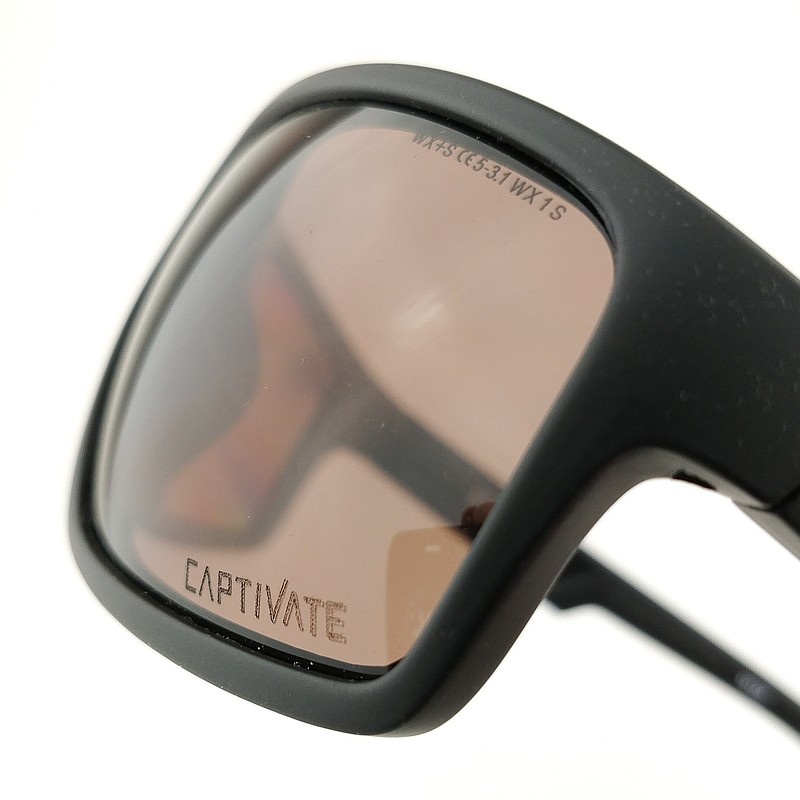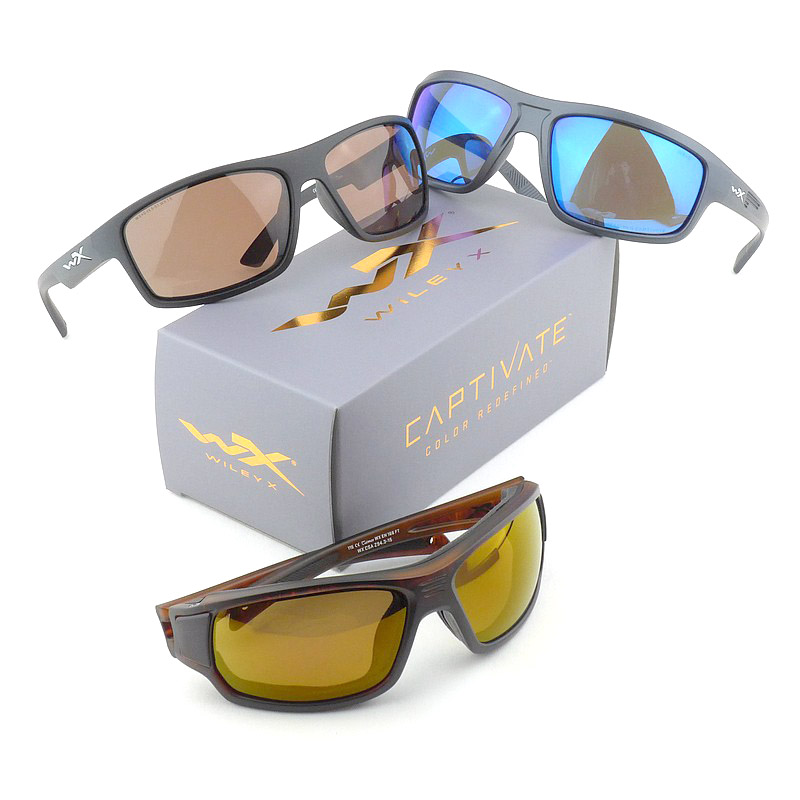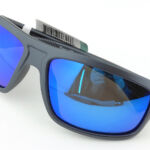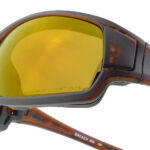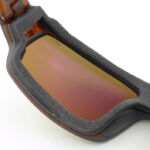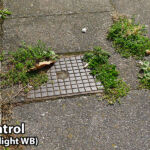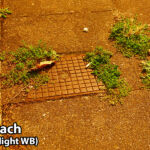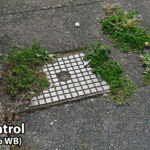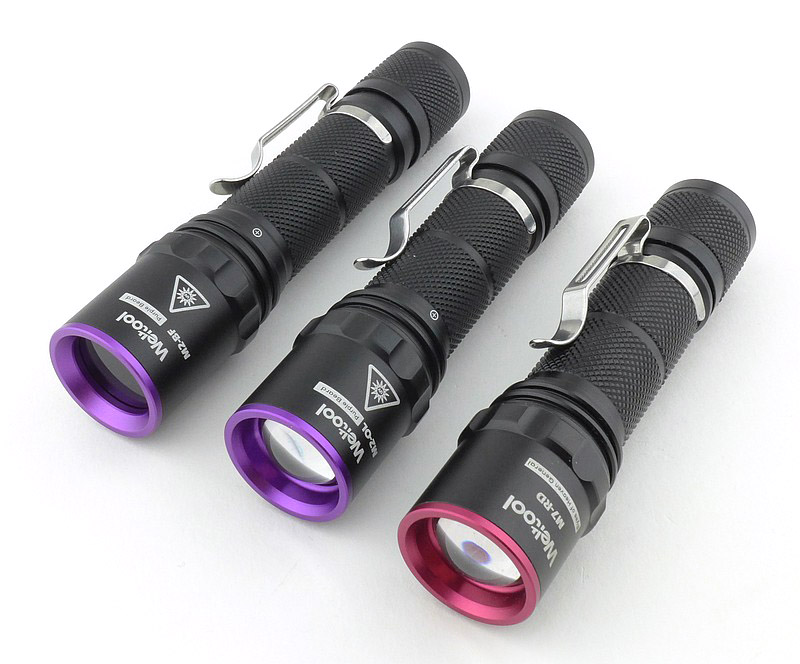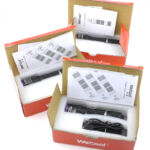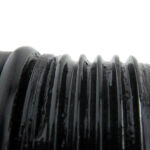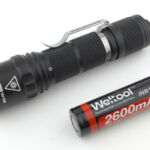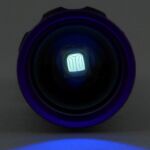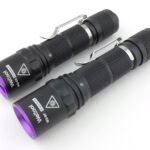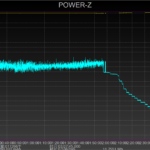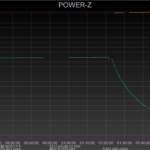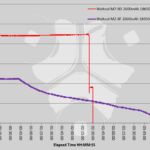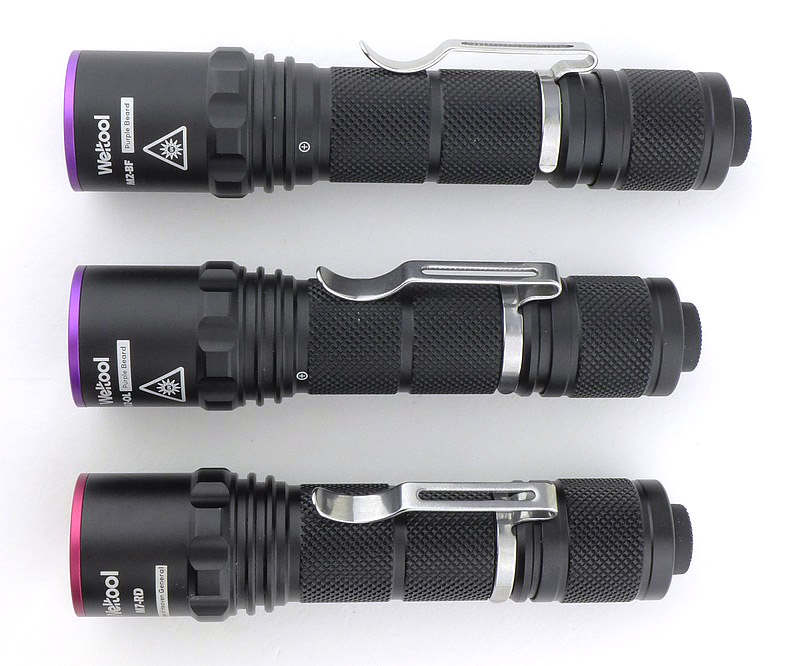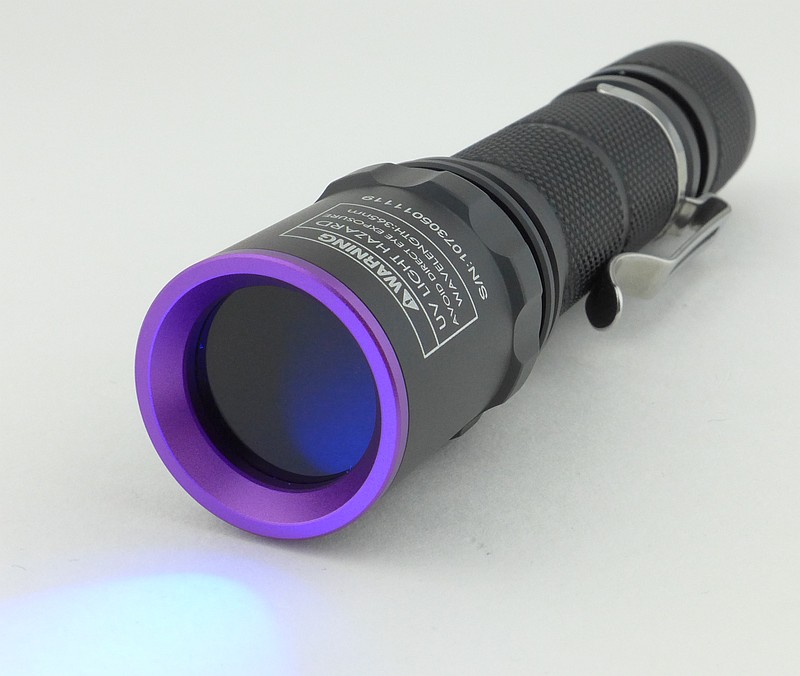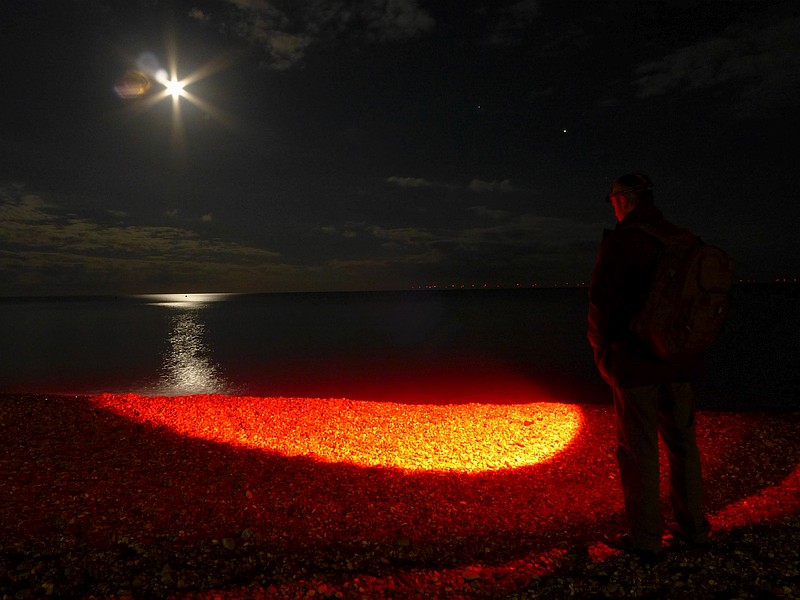In this review, it’s all about a lens; a new Wiley X lens. As someone who relies daily on the best quality sunglasses, but that also needs EN. 166 & ANSI Z87.1 safety standards, Wiley X has been my go-to brand and has never let me down. I also, in most cases, prefer polarized lenses for glare reduction and enhancing colour depth. Wiley X have now produced a further enhancement to the polarized lens by increasing colour contrast with the CAPTIVATE lens. In this review the focus is primarily on this new lens itself, but can be seen in three of the first models to feature the lens; Contend, Peak and Breach (which also has the gasket technology).
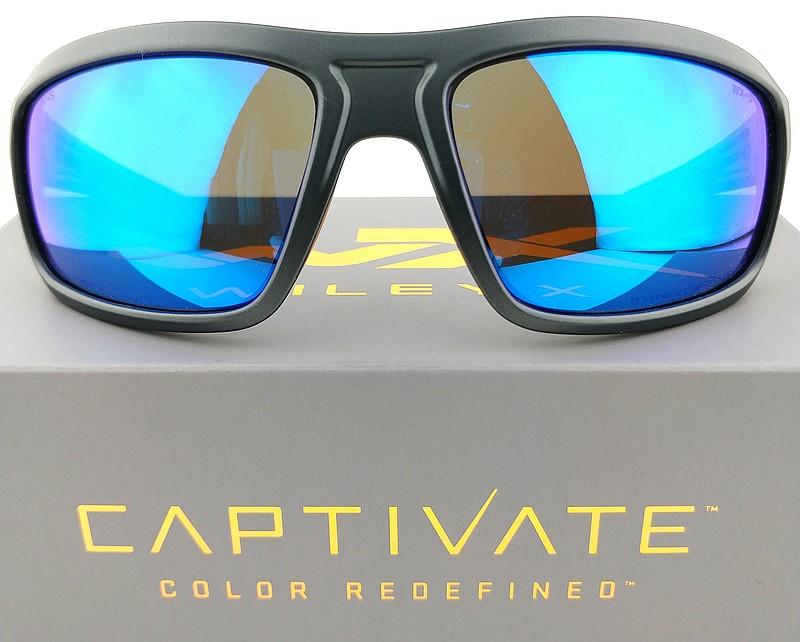
What’s in the box?:
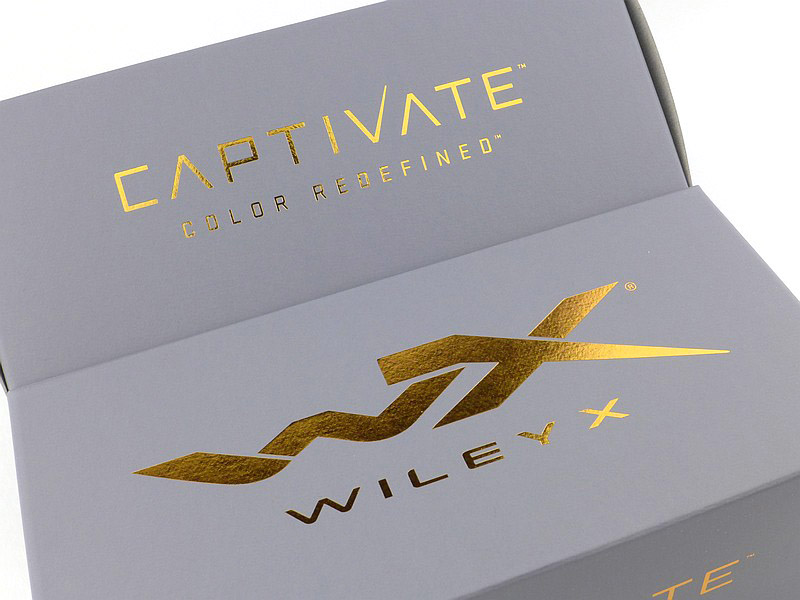
Here is what is included for all three models.
A look round the Contend:
This ‘Contend’ has the Blue mirror version of the CAPTIVATE lens.
A look round the Peak:
For the ‘Peak’ it is the Copper CAPTIVATE lens.
A look round the Breach:
Lastly the ‘Breach’ has the Bronze Mirror CAPTIVATE lens. Also look out for the gasket, and in this model, the side vents that can be opened and closed as required.
What is the CAPTIVATE lens like to use?
First impressions? That is actually very difficult to describe when you go from one of Wiley X’s already superb polarized lenses to the new enhanced CAPTIVATE polarized lens. Between one Wiley X polarized lens and the CAPTIVATE lens, is there a marked difference? It is simply not possible for there to be a massive difference. Instead it has taken a longer period of use to really appreciate the improvement, as I have now experienced a wide range or lighting conditions and locations with differing colour ranges.
None of the lens versions on test are completely neutral, so all give a slight colour cast to the overall rendition of what you see. This is one aspect of the eyewear we choose that adds an extra dimension and allows us to see more and differently than without any lens.
Since getting to know the new CAPTIVATE lens, I’ve been trying to work out how to best show what this lens does, and am still no satisfied, but here goes with my attempt.
Bear in mind, that like all of our senses, we have our own built in ‘automatic balance’, so like a camera has a White Balance setting, and this can be set to Auto White Balance, our eyes also do this to some degree, and after wearing a lens for a period of time our eyes adjust to them.
Coming from daily use of Wiley X lenses already, first impressions were of an excellent lens, but could I see what made them different? Over time, and with swapping back to the standard polarized lens, the answer was yes. What I was seeing through the CAPTIVATE lens was clearer and more defined. It was subtle, but the impression was of sharper edges, and a higher clarity. As we are seeing objects which don’t typically have a ‘border’ or ‘outline’ in a different colour, we are seeing the edge of an object as its colour meets the next background or object colour.
The intent of the CAPTIVATE lens is for it to reduce light in the parts of the light spectrum where Blue merges with Green, and where Green merges with Red so that you see a more significant difference between blue/green and green/red boundaries.
This is not done to such an extent that you can’t see certain shades, but so that you have an impression of higher contrast between colours. As I said before, this is not so marked you put them on and see something so unreal, but rather that with more use you can appreciate how clearly you are seeing your surroundings.
In an attempt to show the effect of these lenses, I am including two galleries with photographs taken through the different lenses. In the first set, the camera is set to a fixed Daylight White Balance (so is not adjusting the colour balance), and in the second set the camera is set to Auto White Balance to try to introduce some of the acclimatisation our eyes have.
There is a control shot first with no lens in front of the camera, then the three different models.
Daylight White Balance set
Auto White Balance set
This is the set I feel, more closely represents what your eyes see (but not exactly) for each lens type. The stand-out photo is probably the one of the metal cover in a pavement which has weeds growing round it and when you go from the control shot to the Contend lens. The green really stands out.
Another characteristic I like about the Bronze Mirror lens in the Breach was how it gave a pleasing deep bronze cast to the rusted metal surfaces in road furniture (manhole covers etc).
Review Summary
The views expressed in this summary table are from the point of view of the reviewer’s personal use. I am not a member of the armed forces and cannot comment on its use beyond that covered in the review.
Something that might be a ‘pro’ for one user can be a ‘con’ for another, so the comments are categorised based on my requirements. You should consider all points and if they could be beneficial to you.
I’m trying something slightly different and starting with what doesn’t work so well, so I can finish on a more positive note 
_______________________________________________
What doesn’t work so well for me
_______________________________________________
Sorry, not being biased, but really nothing.
_______________________________________________
Things I like
_______________________________________________
Lens quality.
The clarity of vision.
Subtle effect of the enhanced colour contrast.
Strong and comfortable frames.
More innovation from Wiley X.
